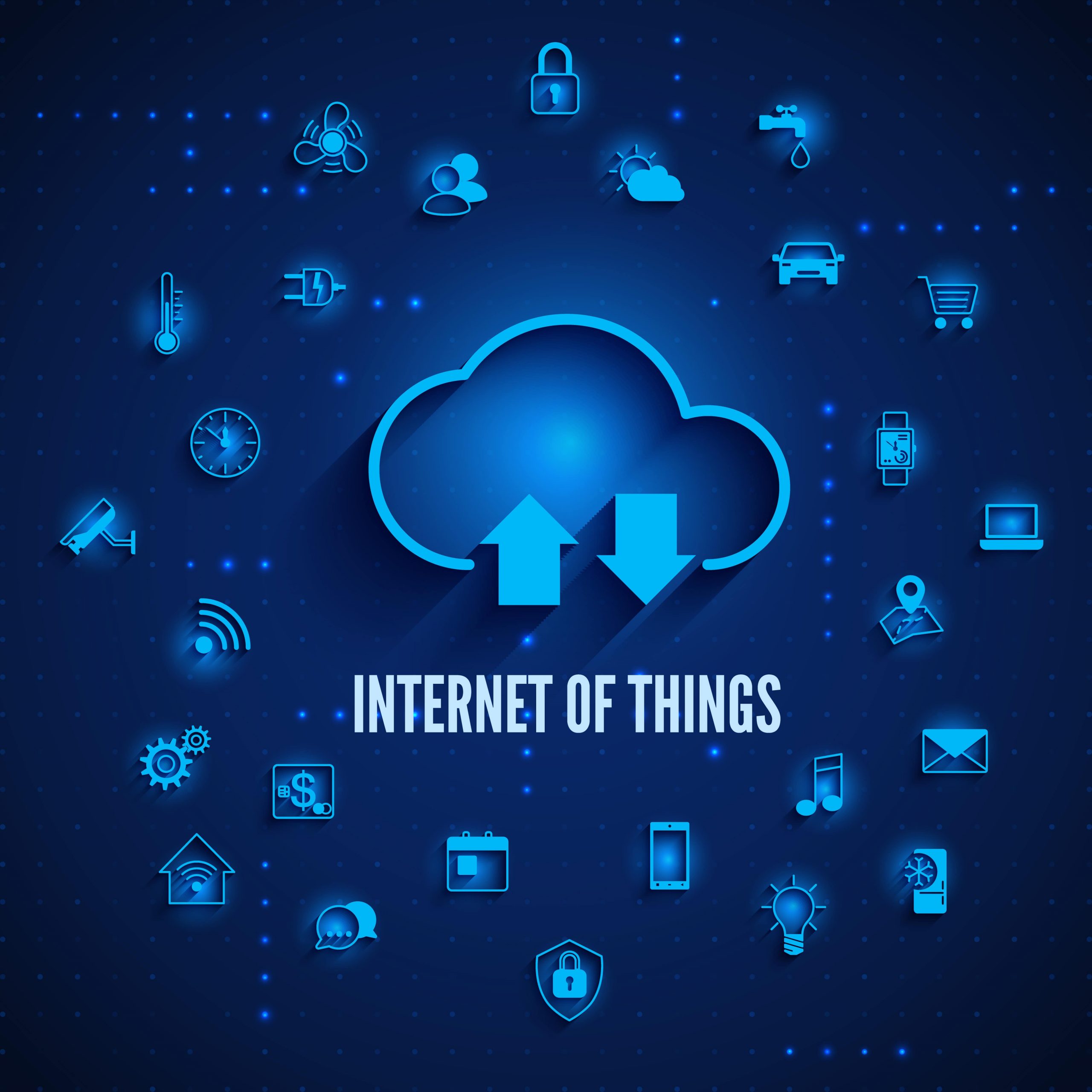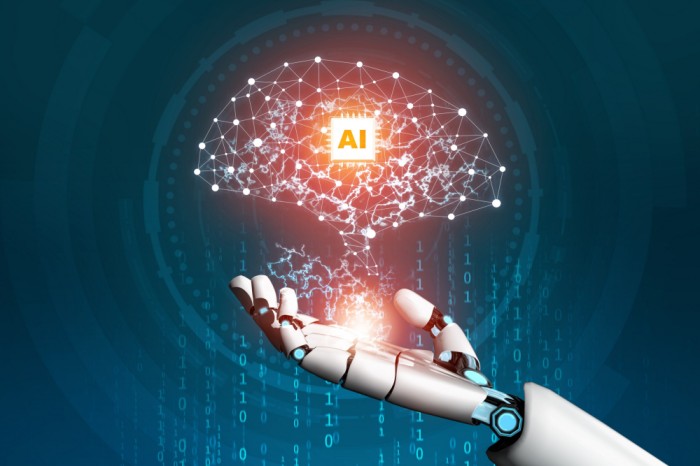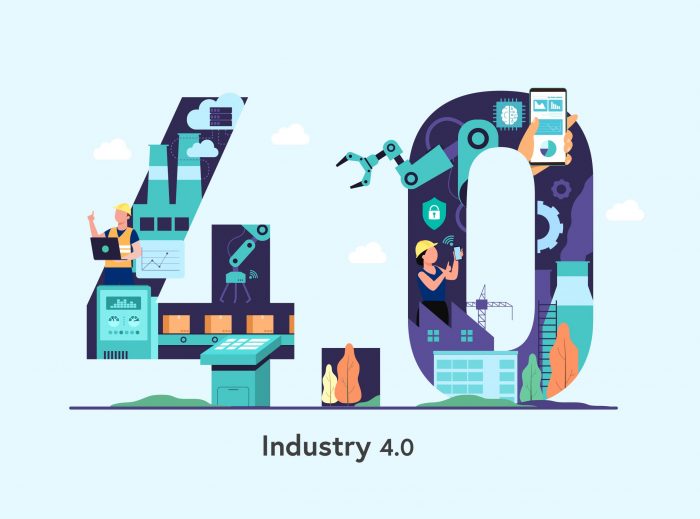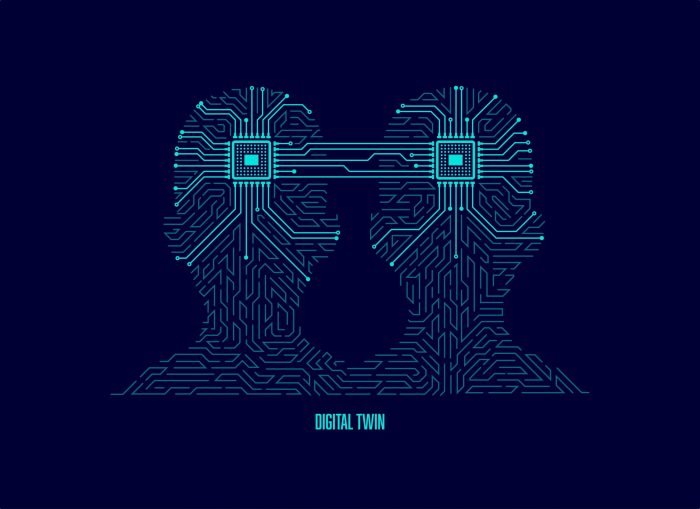What are the Key Trends Shaping the Digital Twin Market?
Audio : Listen to This Blog.
The digital twin sector is a digital representation of machinery processes to gain a deeper level of understanding of product design and physical implementation.
Over the forecast period of 2021 to 2026, the digital twin market is expected to develop at a 35 percent CAGR. Some of the key factors driving the growth of the digital twin market include the rise in cloud-based platforms and digital Twin in IoT, the rapid adoption of 3D printing technology in the manufacturing industry, and the need to minimize project costs.
Engineers can now test and interact with sensors integrated with operating products using IoT sensors, resulting in real-time maintenance and prescriptive device functioning.
Table of Contents
Digital Twin Technology
1.Digital twin technology has been embraced by several industries in recent times. Industries like manufacturing, automobiles, aerospace, energy and power, oil and gas, and others. It provides automated testing and measurement solutions in real-time.
2.Furthermore, by pre-analysis of the actual product in its production stage, digital twins technology aids in enhancing physical product design for the entire product lifecycle. In the industrial internet of things (IIoT), digital twin technology uses analytic software linked to IoT modules like smart sensors and networks to detect errors and improvements in massive machinery equipment.
3.The demand for digital twins is expected to expand at a healthy pace in the coming years, thanks to the rising trend of the internet of things (Digital Twin in IoT)and cloud deployment platforms.
Read More : “Top 15 Benefits of IoT in business [Updated 2021]“
New technologies, such as the Industrial Internet of Things (IIoT), semantic technology, augmented reality, and artificial intelligence (AI), are being used in digital twin research as more companies adopt digital twins. This is a foreshadowing of a possible technological trend.
Digital Twin Solutions Infused with Artificial Intelligence
Machine learning, big data, service computing, semantic techniques, IIoT, and autonomous robots, combined with AI technology, allow digital twins to be flexibly built, real-time sensed, and deeply learned for a variety of purposes.
AI technology fused by the methods of machine learning, big data, service computing, semantic techniques, IIoT, and autonomous robot enables digital twins to be flexibly constructed, real-time sensed, and deeply learned for many purposes. Digital twins, for example, can constantly analyze data, detect anomalies, automate business processes, answer questions, simulate scenarios, and aid optimization and decision-making.
IIoT(Industrial Internet of Things) -based sensor technology
IIoT is a system containing connected intelligent objects, cyber-physical assets, linked generic information technologies & optional cloud or edge computing platforms”.

It enables sensors to be deployed across a larger geographic area and various industries in an automated manner.
It enables digital twins to gather and provide input on a large amount of data about physical objects. It allows data analytics focused on multi-channel data fusion to improve real-time simulation & decision-making capabilities.
Multiple-approach based modeling
A variety of methods are used to model digital and virtual twins based on simulation, data, and symmetry. Generative modeling, 3D scanning, deep learning, knowledge graphs, and mesh-free digital twin simulation are all becoming more common. These methods improve the precision and efficiency of digital & virtual model design.
Semantics-Based Digital Twin Product Development
Building a digital twin based on semantics
In digital twin science, semantic technologies are crucial. Physical, digital, and virtual twins for model interoperability, process integration, and heterogeneous data; are supported by information representation techniques of collaborative ideas, related data, and web ontologies.
Read More : “Challenges Facing in Digital Twin Market – How to Overcome Them?“
They enable the digital threading and incorporation of objects and processes from a specific area to globally, including from the past to the present, to attain interoperability across systems, processes, industries, and histories. They allow semantic, flexible, and real-time services in all ways to create a dynamic future world.
Reality-Based on Human-Computer Interaction
In a 3D room, augmented, virtual, and mixed reality experiences between human and digital/virtual twins are becoming trending. Users can experience immersive contact in all ways of seeing, listening, smelling, touching, and tasting with these applications.
Digital Twin Technology has a Large Market in North America
North America dominates the IoT market in aerospace, automotive, and manufacturing. This area includes developed economies like the United States and Canada, which invest heavily in research and development, resulting in the development of emerging technologies like analytics, smart sensors, edge, 3D printing, & digital twins.
For more information on how we can help you leverage your technologies, feel free to reach out to us here.
Contact us
Manufacturers are willing to incorporate IoT and digital twin technology into their manufacturing processes, given the early adoption of emerging technologies like digital twin simulation, connectivity, IoT, AI, Big Data, etc.
Read More : “Digital Twin Revolution in the Healthcare Industry 2021“
Manufacturing is also taking advantage of connected devices and data flow. As a result of the introduction of a digital twin, now one can expect fast delivery of high-quality products at low production cost. Manufacturers are using IoT and analytics to operate and boost their companies to remain competitive.
Digital twin technology is gaining traction and accounting for a significant portion of the global economy.
Approximately 35% of manufacturers in the United States collect and use data produced by smart sensors to improve manufacturing processes.
Conclusion
Seeing the current trend, one thing we all can analyze that the digital twin solution is an end to many big issues that businessmen face. Its adoption of smart technologies like simulation, AI, IOT makes it stand out from the crowd. It has already set its level quite high to solve a futuristic problem that is yet to occur.
FAQ's
A digital twin benchmarking model allows businesses to use data during the product life cycle to create quicker, more cost-effective, and higher-quality goods. The principle of the digital twin is a central enabler of data-driven manufacturing. As a result, the ability to analyze data and track processes has improved, allowing us to fix issues even before they arise.
Due to the continued creation and adoption of technologies such as AI, machine learning, augmented reality, virtual reality, and blockchain, the global digital twin market share is projected to grow at a 30% CAGR from 2020 to 2026.
With a global market share of more than 30% in 2019, the North American digital twin technology companies are expanding as more (Industry Internet of Things) IIoT solutions and network devices are adopted in the manufacturing, healthcare, and automotive sectors.



